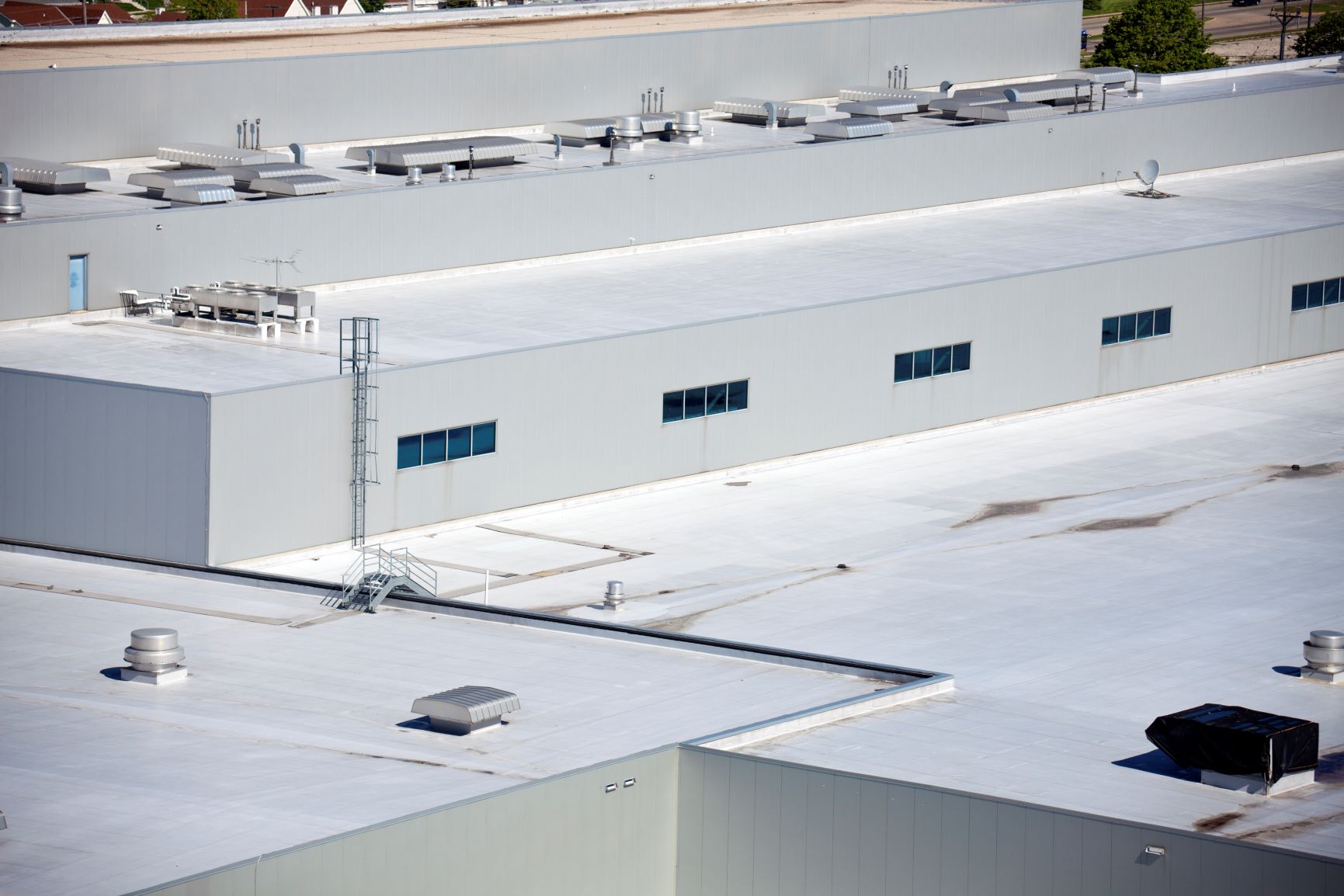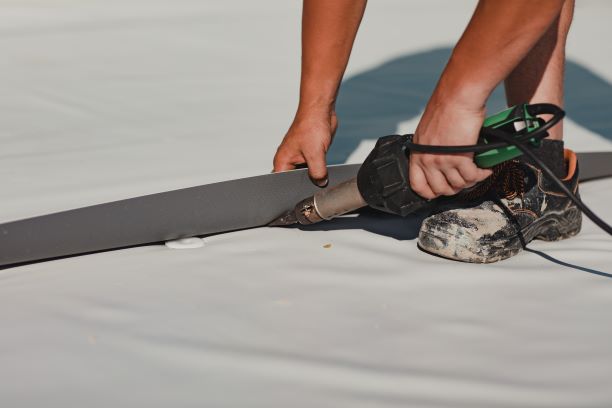Terahertz Thickness Measurements = Sustainability
Everyone Wins, especially Mother Earth!
In celebration of Earth Day this month, Luna is recognizing our Terahertz sensors and solutions: Luna’s T-Ray product series not only optimizes production; it also helps companies achieve long term sustainability standards by reducing waste, decreasing start-up time, and preventing “bad product.”
 Luna’s Terahertz sensors work in a wide variety of process control contexts: one application is in the preparation of building materials, specifically roofing materials. Luna Innovations Senior Research Scientist, Jeffrey White, explains: “One of the best roofing products on the market today is a two-layer material that has a white layer on the outside and a gray layer on the inside. Simply put, it’s a ‘cool’ product.” The white layer on the outside reflects sunlight which reduces the thermal load on the building, requires less air conditioning, and ultimately makes the building more environmentally amenable. Construction engineers and architects are great proponents of the product, seeing its aesthetic appeal and long-term environmental benefits. However, the one major drawback is that the white layer is expensive to manufacture, as it is made from unrecycled, or “virgin,” material. Not only is virgin material expensive to produce, but it is also not as environmentally friendly as recycled material. The best way to make this material sustainable in the long run is to optimize production and produce the white layer as thinly as possible.
Luna’s Terahertz sensors work in a wide variety of process control contexts: one application is in the preparation of building materials, specifically roofing materials. Luna Innovations Senior Research Scientist, Jeffrey White, explains: “One of the best roofing products on the market today is a two-layer material that has a white layer on the outside and a gray layer on the inside. Simply put, it’s a ‘cool’ product.” The white layer on the outside reflects sunlight which reduces the thermal load on the building, requires less air conditioning, and ultimately makes the building more environmentally amenable. Construction engineers and architects are great proponents of the product, seeing its aesthetic appeal and long-term environmental benefits. However, the one major drawback is that the white layer is expensive to manufacture, as it is made from unrecycled, or “virgin,” material. Not only is virgin material expensive to produce, but it is also not as environmentally friendly as recycled material. The best way to make this material sustainable in the long run is to optimize production and produce the white layer as thinly as possible.

Luna’s Terahertz sensors overcome the cost barrier by measuring the thickness of both layers simultaneously during production. “Combined with our partner’s feedback control, we are able to constantly monitor how the white layer is being produced, reducing its thickness and making it uniform,” White explains. This process always results in the use of less virgin and more recycled material.
If a product is manufactured incorrectly, it often can be recycled for future production; if it cannot, it must be sent to the landfill. Disposing of material in a landfill is least efficient for the manufacturer and has a significant impact on the environment. While there is a certain degree of error inherent in manufacturing material – especially during the startup of manufacturing -- Luna’s Terahertz line helps companies correct their problems faster. “No matter how hard you try, it takes a moment to start up,” White says. “Luna’s T-Ray Terahertz system will help them achieve automatic processing, which is 10-20 times faster, thereby achieving optimum efficiency as quickly as possible.”
Terahertz sensors enhance manufacturing efficiency and improve error correction. In terms of day-to-day production, manufacturing companies win because they get a higher quality product while saving energy in the manufacturing process. Furthermore, Terahertz sensors provide long-term environmental sustainability, and are in tune with the needs of manufacturers.
Celebrate the Earth everyday! For more information, visit Luna's Terahertz solutions.